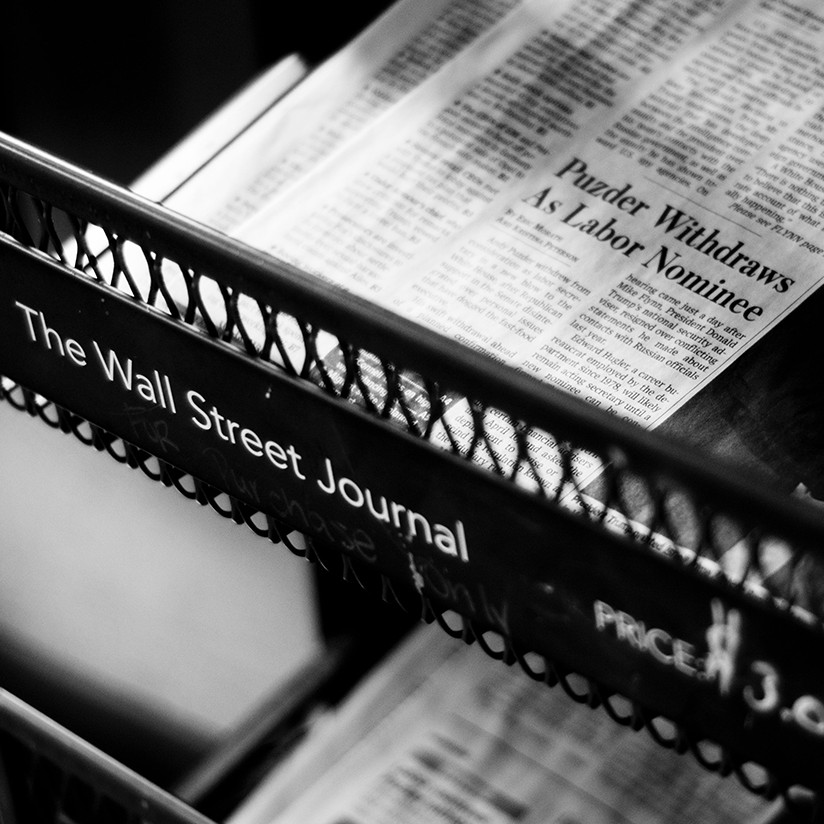
The Impact of the Media on Financial Markets
11 April 2018The role of information and the way it is reflected in the value of financial instruments has been long debated in the financial literature. The traditional theory proposed in 1970 by Eugene Fama, Nobel laurate in economic sciences, postulates that the condition for a market to be efficient is associated with how much the stock prices might reflect the available information. More recently, the financial literature has shifted attention towards the channels and the ways in which information is presented and communicated, as it has been understood that the way the information is shaped and delivered to investors can lead to completely different financial outcomes.
In this sense, there are two main mechanisms that can influence the way in which investors retrieve and process financial information: on the one hand, information intermediaries (newspapers, TVs, and others) select and convey to investors only the part of information they believe to be relevant; on the other hand, the way in which each individual can differently interpret the same piece of information depends on the individual’s beliefs and the possible presence of personal cognitive biases.
The relationship between information and finance is therefore enriched by a double complication. First, the information that reaches investors has been already selected and potentially slanted, twisting the individual’s attention towards a limited number of topics. Second, once the investor has been exposed to a given information, the interpretation is highly influenced by the way each investor processes it.
An example of the limited attention and the effects on financial markets has been described in a research paper published in 2001 in the Journal of Finance: The New York Times dedicated a large space on its Sunday edition to a specific biotech company and its scientific progresses about cancer treatment. None of the information reported was actually new and these progresses had already been known for at least five months. Nonetheless, following the New York Times article, the company share price increased from $12 to $85 the day after the article to settle than on $52 immediately after. This example shows that financial markets (sometimes) react to stale news, as an effect of media coverage. It is therefore evident that the media can influence the dynamics of investment behavior, catalyzing public attention.
However, the extent and the effects of media on financial markets have a much broader reach as they often act as a watchdog against potential corporate misbehaviors. Media coverage can be decisive both to enhance the quality of corporate governance, bringing to light and impeding possible misconducts or frauds.
These results have also been made possible by the strong development and diffusion of new techniques for text analysis, achieved by the progresses in computational linguistics. In fact, texts can be read as data from which to automatically extract synthetic measures (see more about Machine Learning in Corporate Finance here). Among those, textual analysis allows to inform about the positiveness or negativeness of a certain article body, based on the count of the proportion of tonal words. For the financial lexicon, for example, Tim Loughran and Bill McDonald have developed a dictionary which takes into account the specific jargon used by the financial industry.
In a recent article, Emanuele Bajo (Director of the Global MBA in Corporate Finance of Bologna Business School) and Carlo Raimondo (University of Lugano) show how the tone used by the newspapers when they report about a forthcoming IPO (Initial Public Offering, i.e. the process of a company going public) has an important effect on the so-called underpricing phenomenon. The phenomenon, widely documented in the scientific literature, consists on a voluntary and apparently irrational company’s decision to set an offer price lower than what the market would be willing to pay. This choice determines a significant price increase during the first day of trading. In this article, the authors show that this phenomenon is also associated with the tone used by newspapers in presenting the listing companies: a more positive treatment on the media pushes retail investors to buy the shares as soon as they are available on the market, consequently increasing the price and making the relative underpricing more sizeable.
Emanuele Bajo, Director of the Global MBA in Corporate Finance, Bologna Business School
Carlo Raimondo, Researcher in Finance and Communication, Università della Svizzera Italiana
